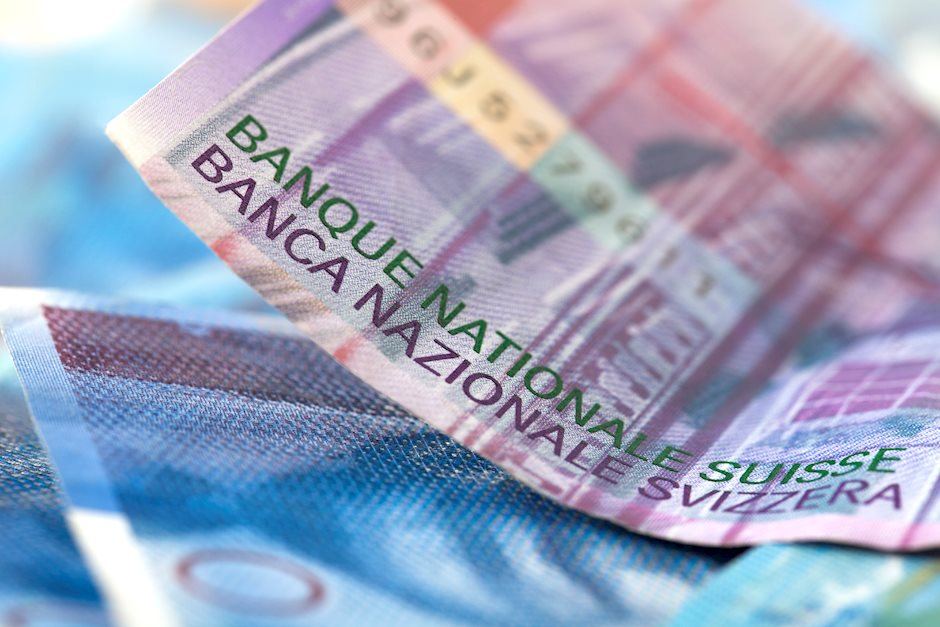USD/CHF strengthens above 0.8850 on bullish US Dollar, traders brace for FOMC Minutes
- USD/CHF drifts higher to near 0.8875 in Tuesday’s early European session.
- Trump’s fresh tariff threats provide some support to the USD.
- Geopolitical risks might boost the Swiss Franc and cap the pair’s upside.

The USD/CHF pair holds positive ground around 0.8875 during the early European session on Tuesday. The US Dollar (USD) gains traction broadly after US President-elect Donald Trump on Monday vowed tariffs on Mexico and Canada and extra tariffs on China.
Trump said that he would sign an executive order imposing a 25% tariff on all products coming into the United States from Mexico and Canada and additional tariffs on China. This, in turn, lifts the Greenback against its rivals.
Furthermore, economists expect just two rather than four rate reductions next year, and the Federal Reserve (Fed) will likely cut its key rate when it meets in the December meeting. Financial markets are now pricing in a nearly 55.9% possibility that the Fed will cut rates by a quarter point, down from around 69.5% a month ago, according to the CME FedWatch Tool. Traders await the Federal Open Market Committee (FOMC) Minutes for fresh impetus. The less dovish remarks from the Fed officials might further support the Greenback in the near term.
On the other hand, the escalating geopolitical tension between Russia and Ukraine could boost the safe-haven flows, benefiting the Swiss Franc (CHF). Sky News reported on Tuesday that Russian forces are advancing at the fastest rate since the early months of the war, according to analysts at the Institute for the Study of War (ISW).
Swiss Franc FAQs
The Swiss Franc (CHF) is Switzerland’s official currency. It is among the top ten most traded currencies globally, reaching volumes that well exceed the size of the Swiss economy. Its value is determined by the broad market sentiment, the country’s economic health or action taken by the Swiss National Bank (SNB), among other factors. Between 2011 and 2015, the Swiss Franc was pegged to the Euro (EUR). The peg was abruptly removed, resulting in a more than 20% increase in the Franc’s value, causing a turmoil in markets. Even though the peg isn’t in force anymore, CHF fortunes tend to be highly correlated with the Euro ones due to the high dependency of the Swiss economy on the neighboring Eurozone.
The Swiss Franc (CHF) is considered a safe-haven asset, or a currency that investors tend to buy in times of market stress. This is due to the perceived status of Switzerland in the world: a stable economy, a strong export sector, big central bank reserves or a longstanding political stance towards neutrality in global conflicts make the country’s currency a good choice for investors fleeing from risks. Turbulent times are likely to strengthen CHF value against other currencies that are seen as more risky to invest in.
The Swiss National Bank (SNB) meets four times a year – once every quarter, less than other major central banks – to decide on monetary policy. The bank aims for an annual inflation rate of less than 2%. When inflation is above target or forecasted to be above target in the foreseeable future, the bank will attempt to tame price growth by raising its policy rate. Higher interest rates are generally positive for the Swiss Franc (CHF) as they lead to higher yields, making the country a more attractive place for investors. On the contrary, lower interest rates tend to weaken CHF.
Macroeconomic data releases in Switzerland are key to assessing the state of the economy and can impact the Swiss Franc’s (CHF) valuation. The Swiss economy is broadly stable, but any sudden change in economic growth, inflation, current account or the central bank’s currency reserves have the potential to trigger moves in CHF. Generally, high economic growth, low unemployment and high confidence are good for CHF. Conversely, if economic data points to weakening momentum, CHF is likely to depreciate.
As a small and open economy, Switzerland is heavily dependent on the health of the neighboring Eurozone economies. The broader European Union is Switzerland’s main economic partner and a key political ally, so macroeconomic and monetary policy stability in the Eurozone is essential for Switzerland and, thus, for the Swiss Franc (CHF). With such dependency, some models suggest that the correlation between the fortunes of the Euro (EUR) and the CHF is more than 90%, or close to perfect.
Author

Lallalit Srijandorn
FXStreet
Lallalit Srijandorn is a Parisian at heart. She has lived in France since 2019 and now becomes a digital entrepreneur based in Paris and Bangkok.

















